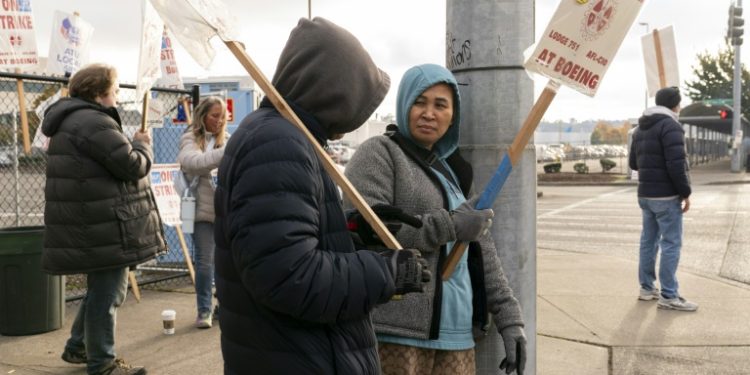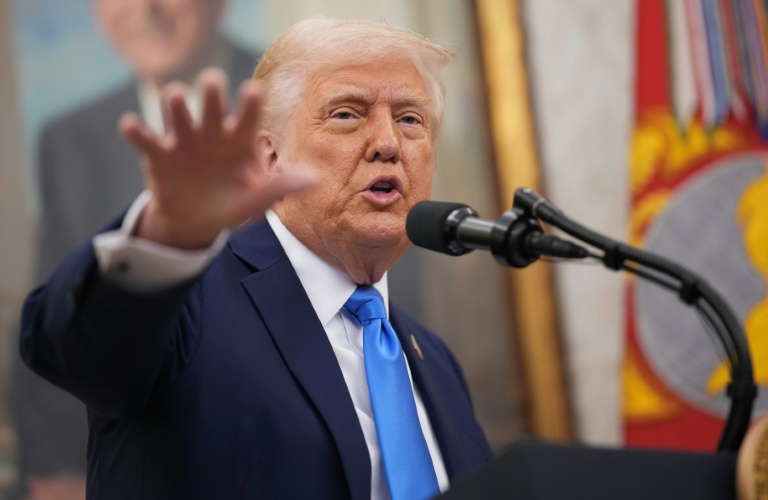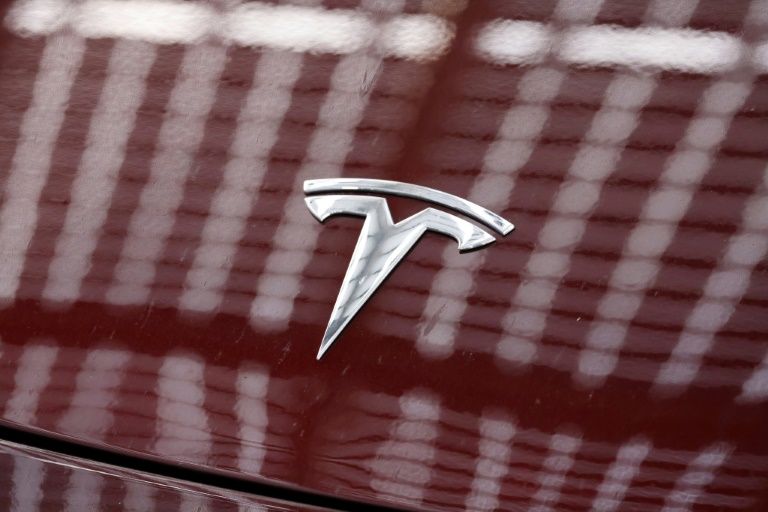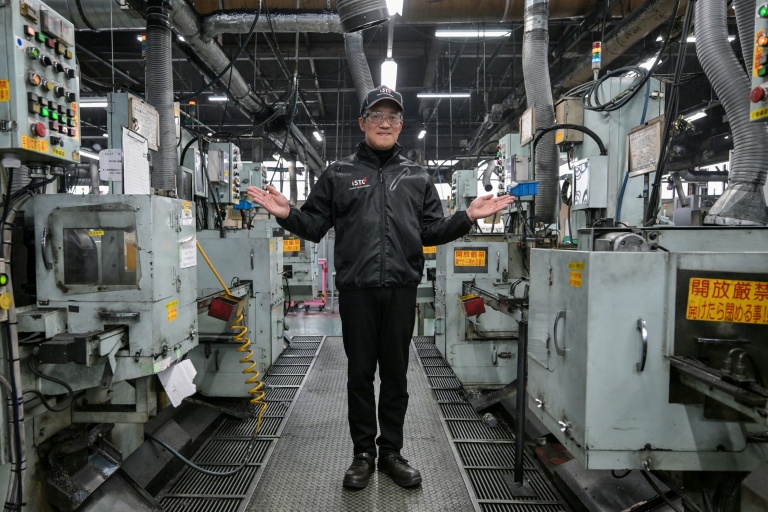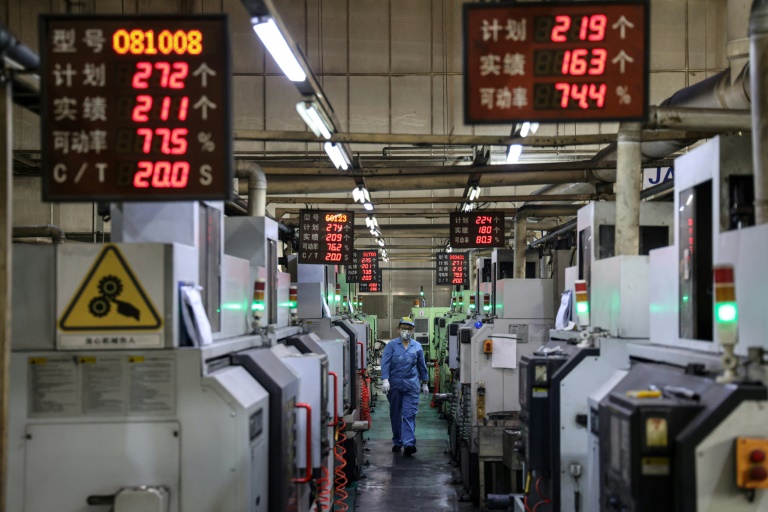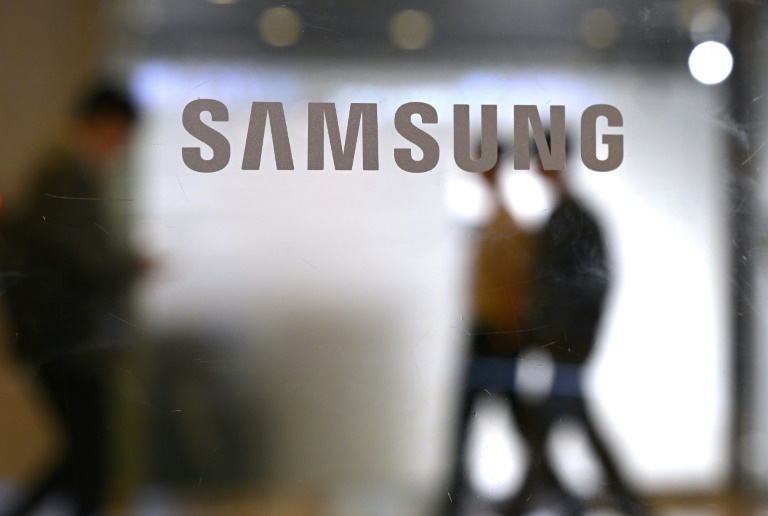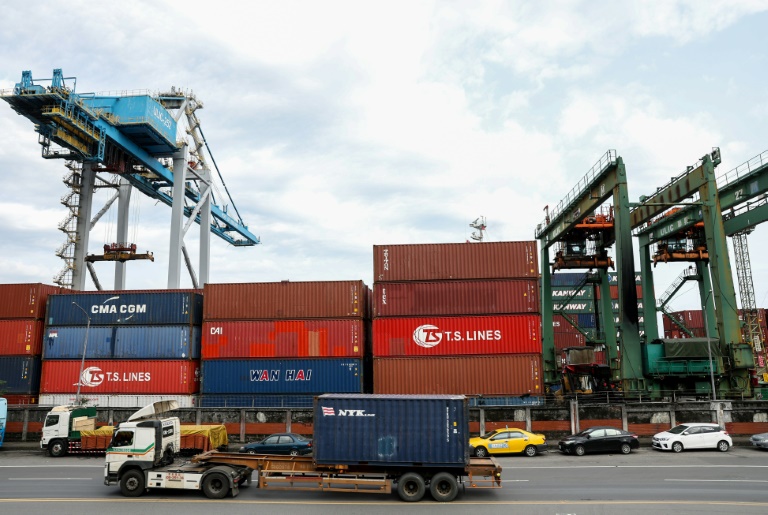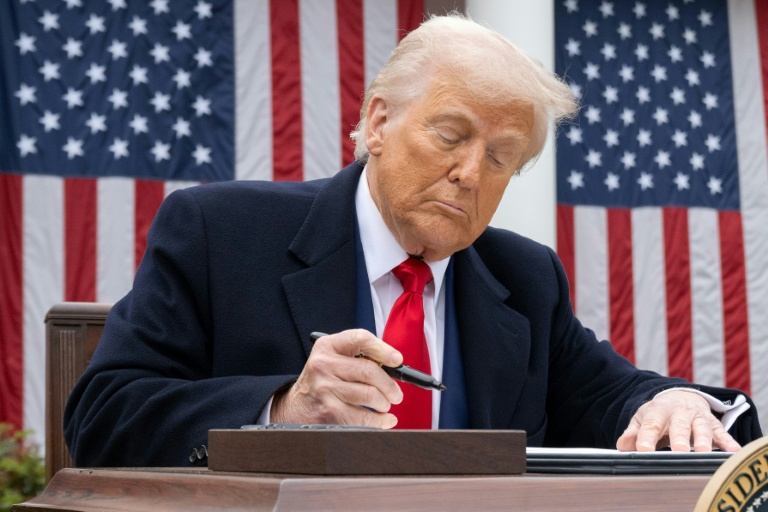New York (AFP) – Some 33,000 Boeing workers have been on strike for seven weeks after twice voting down labor contracts, with the latest rejected offer featuring a 35 percent wage hike. But a sticking point for many workers has been Boeing’s refusal to reestablish a discarded pension plan. The plan was eliminated after a 2014 contract extension was narrowly approved by the union, the International Association of Machinists and Aerospace Workers District 751.
However, Boeing views its refusal to reinstate the pension as a non-negotiable item. “There is no scenario where the company reactivates a defined-benefit pension for this or any other population,” Boeing said. “They’re prohibitively expensive, and that’s why virtually all private employers have transitioned away from them to defined-contribution plans.”
More than 151 million private sector employees currently have retirement plans, according to the US Department of Labor. Yet, less than six percent of the 800,000 programs have a defined benefit plan like the old Boeing pension. In 1975, when the Employee Retirement Income Security Act went into effect, one-third of US retirement plans were defined benefit retirement plans like Boeing’s old pension system. That share has dropped to about seven percent, with many employers opting for 401K programs that most workers steer into the stock market in hopes of generating gains for retirement.
Under the pension system, a retired worker receives the same amount each month for the rest of his life based on a calculation of the employee’s tenure with the company. Some workers view the pension as more secure because it is not tied to the stock market. However, a pension, which does not adjust for inflation, may also be less lucrative than a 401K.
Under the 401K plan, known as a defined contribution plan, the funds are sourced from a share of the worker’s paycheck along with an employer contribution. An employer may contribute three percent of the worker’s annual salary under leading retirement systems, according to a report by investment firm Vanguard. The total possible contribution to the 401K, including funds from both employers and employees, is capped at $69,000 in 2024, or $76,500 for people older than 50.
Mike Corsetti, a quality inspector in Everett who has worked at Boeing for 13 years, said he voted against the latest contract in part because it didn’t restore the pension. “A lot of people feel like a guaranteed monthly payment would be great,” said Corsetti, who expressed discomfort with the uncertainty of the stock market. Corsetti said he was “slightly optimistic” the talks could lead to the pension being restored, but added, “I’m not going to hold my breath.”
Under the current plan, Boeing automatically puts four percent of the employee’s salary into the person’s 401K plan. Boeing will also match a fraction of the payment if the worker invests funds in the plan. Under the latest contract offer, which workers rejected on October 23, Boeing included a provision increasing the employer match. The company also agreed to a special one-time contribution of $5,000 to the employee’s 401K.
The rejected contract also raised the monthly payments for more experienced workers who still have a pension covering their tenure prior to the phasing out of the plan in 2016. The rejected proposal increases the monthly payout for every year of service to $105 from $95. The IAM has targeted a 40 percent raise as its objective. The union has sought the restoration of the pension, as well as payments from Boeing making up for the period after the program was phased out.
A 40 percent wage hike would lift Boeing’s costs by $1.8 billion through 2028, according to Bank of America. Reinstating the pension would add some $300 to $400 million in annual costs, plus some $20 billion to make up for lost pension funds since the program was frozen, according to the Bank of America analysis.
© 2024 AFP

